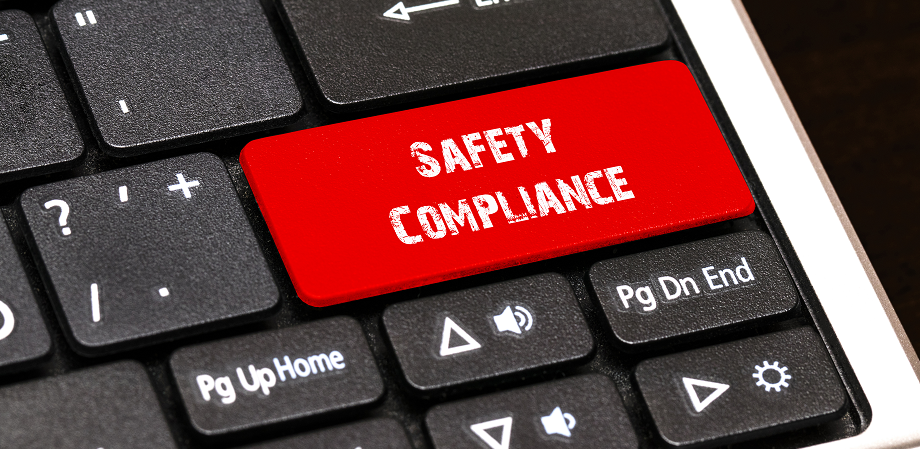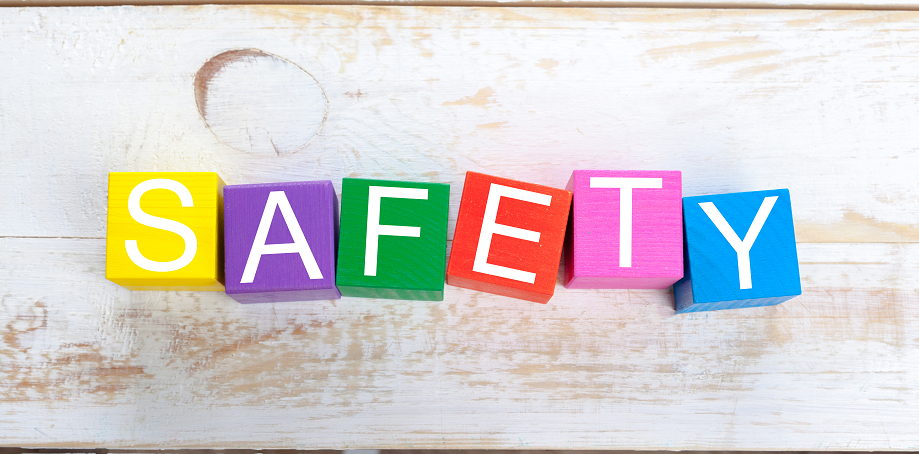Learn how to deliver EASA Part 145 Safety Management Systems training – Sign up for our upcoming webinar in February
read more
Sofema Aviation Services (SAS) is delighted to invite you to our webinar that is coming in February 2023: EASA Part 145 Safety Management Systems Train the Trainer Act now to secure the price of 740 EUR (875 EUR) Register at team@sassofia.com before 23 January 2023 (Attend with colleagues to achieve even bigger discounts – Read more) Training details:…





